Ottawa’s Light Rail Transit (LRT) system, a pivotal component of the city’s public transportation network, stands as a testament to modern urban development. Operated by OC Transpo, it comprises the Confederation and Trillium Lines, intertwining key areas of Canada’s capital. This article delves into the LRT’s profound impact on urban development, neighborhood dynamics, and real estate trends.
The system has seen significant expansions, with Stage 2 poised to further extend its reach. However, it hasn’t been without challenges, including operational disruptions that have necessitated robust solutions. This piece explores the economic and social influences of the LRT on Ottawa, examining how it reshapes communities, affects local businesses, and alters the real estate landscape.
By focusing on key stations like Bayview, Carling, and Greenboro, we’ll uncover the nuances of how these transit nodes integrate into and benefit their surrounding neighborhoods. Understanding these dynamics offers valuable insights for investors and tenants alike, highlighting the potential of real estate opportunities in the vicinity of these transit hubs.
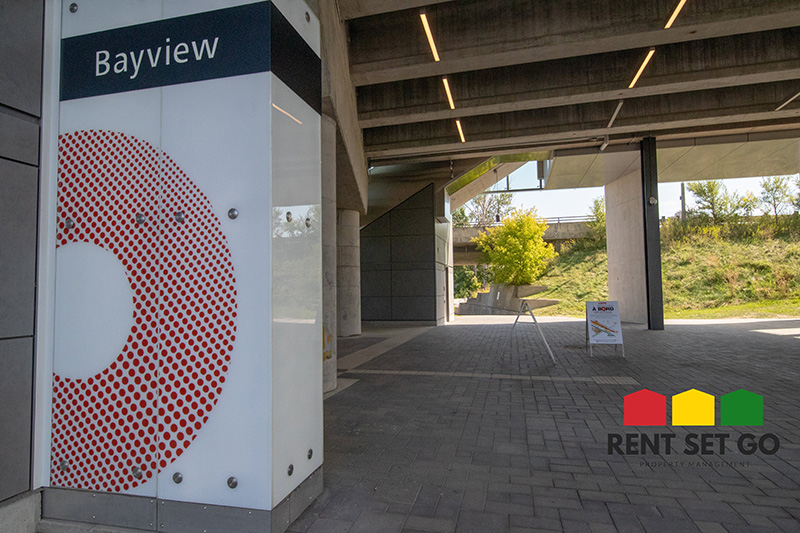
The Beginning
Ottawa’s Light Rail Transit (LRT) system, a hallmark of the city’s commitment to efficient and sustainable urban transport, encapsulates a vision for a connected, accessible city. Comprising two main lines, the Confederation and Trillium, the LRT stretches across key locales, serving as the backbone of Ottawa’s public transit infrastructure.
Confederation Line: A Modern Transit Marvel
The Confederation Line, a fully grade-separated line, boasts 13 stations, including four underground stops. It represents a significant stride in Ottawa’s transit development, offering a seamless and rapid connection across the city. This line, spanning 12.5 kilometers, caters to a daily ridership of approximately 159,000, reflecting its importance in the daily commutes of many Ottawans.
Trillium Line: Bridging Communities
The Trillium Line, a diesel light-rail transit service, stretches approximately 8 kilometers from Bayview to Greenboro, comprising five stations. This line, though smaller in scale compared to the Confederation Line, plays a vital role in connecting various neighborhoods and facilitating access to central parts of the city. Its importance is underscored by plans for expansion under Stage 2, which will introduce additional stations, thereby broadening its reach.
Expanding Horizons: The Future of Ottawa’s LRT
Ottawa’s LRT system is poised for significant expansion. The Stage 2 project will add 8 new stations to the Trillium Line and 16 to the Confederation Line. This expansion not only promises enhanced connectivity across Ottawa but also underscores the city’s commitment to sustainable and efficient urban transport solutions. However, this ambitious vision has not been without its challenges. Financial constraints have raised questions about the viability of further expansions like Stage 3, which is currently deemed unaffordable for at least the next 25 years.
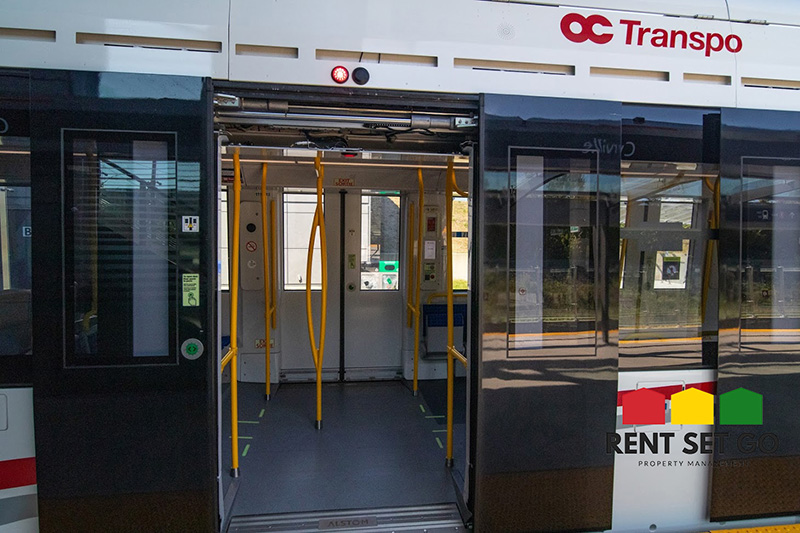
Operational Challenges and the Road Ahead
The LRT system has faced operational challenges, including service suspensions due to technical issues. These disruptions have prompted city officials and transit authorities to seek robust solutions, ensuring the reliability and efficiency of the system moving forward. Despite these challenges, the LRT remains a cornerstone of Ottawa’s vision for a connected, accessible city.
Economic and Social Impacts of LRT on Ottawa
The introduction of the Light Rail Transit (LRT) in Ottawa has far-reaching implications, extending beyond mere transportation. It plays a pivotal role in shaping the city’s economic and social landscape.
Boosting Local Economy
The LRT system has proven to be a catalyst for economic growth. By providing efficient and reliable transit, it has enhanced the appeal of Ottawa as a business destination, encouraging investment and development. The ease of movement has also led to an uptick in local commerce, as residents and visitors can more easily access various commercial districts.
Social Integration and Community Building
One of the most profound impacts of the LRT is its role in social integration. By linking diverse neighborhoods, the LRT fosters a sense of community and inclusivity. It breaks down barriers, allowing for a more integrated urban experience, where people from different parts of the city can come together easily.
Environmental Benefits
The LRT also contributes significantly to Ottawa’s environmental goals. By offering a sustainable mode of transportation, it reduces reliance on personal vehicles, thus decreasing traffic congestion and lowering greenhouse gas emissions. This shift is crucial for the city’s long-term environmental sustainability.
Enhancing Accessibility
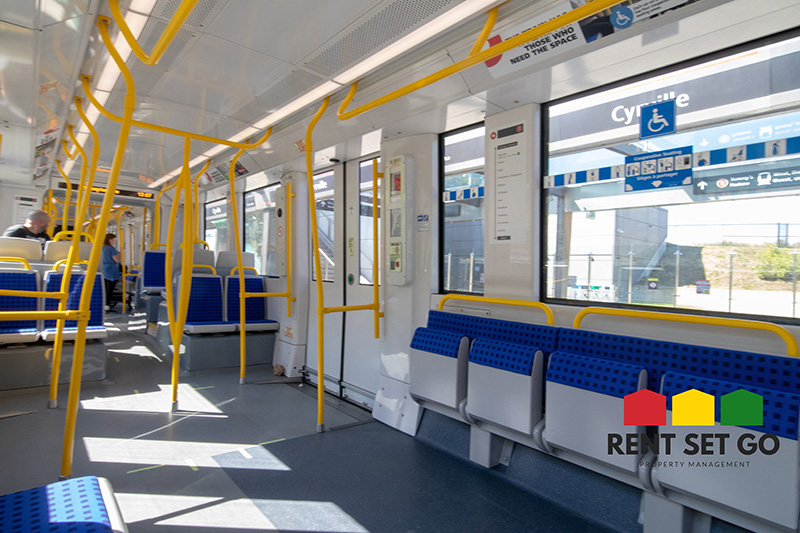
Accessibility is another key advantage of the LRT system. It provides a convenient option for those without personal vehicles and improves mobility for the elderly and people with disabilities. This inclusivity is essential for a city that values equality and aims to provide opportunities for all its residents.
Real Estate and Property Value Surge
The presence of LRT stations has a direct impact on surrounding property values. Areas within walking distance to these stations have seen an increase in demand, leading to a rise in property prices. This trend is particularly notable for residential properties, making proximity to LRT stations a significant factor in real estate decisions.
Key Stations and Their Influence on Nearby Neighborhoods
The Ottawa LRT’s key stations are more than just transit points; they are catalysts for neighborhood development and community connectivity.
Bayview Station: A Gateway to Diverse Neighborhoods
Bayview Station, located on Albert Street, serves as a vital junction for the neighborhoods of LeBreton Flats, Mechanicsville, and Little Italy. Its strategic position makes it a hub of activity, fostering economic and social interactions among these diverse communities.
Carling Station: Centretown West’s Transit Gem
In the heart of Centretown West, Carling Station provides easy access to the Dominion Arboretum and Dow’s Lake, enriching the area’s recreational and ecological value. Its role in connecting residential areas with natural spaces is a testament to the LRT’s impact on urban living quality.
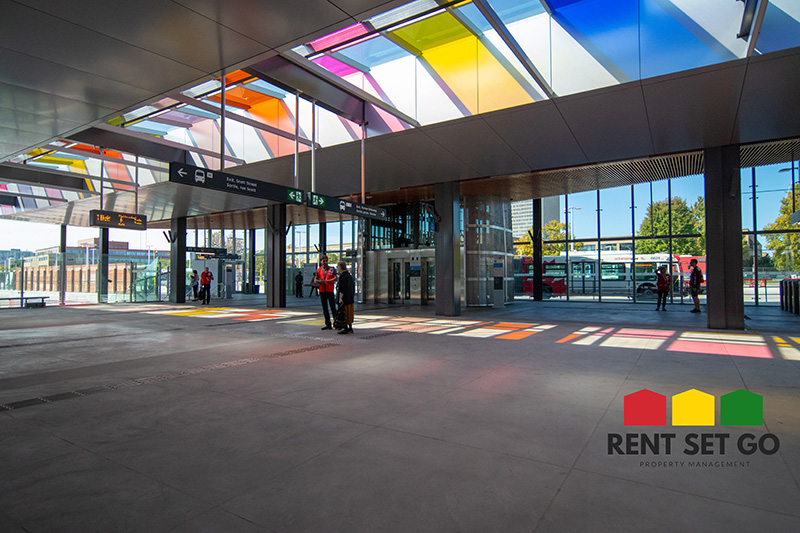
Carleton Station: Enhancing Campus Connectivity
Situated within Carleton University, this station is crucial for students and staff, offering direct and efficient transit to and from the campus. It exemplifies the LRT’s role in supporting educational institutions and easing daily commutes for the academic community.
Mooney’s Bay Station: Bridging Parks and Residential Areas
Located near Riverside Park and Alta Vista, Mooney’s Bay Station is a gateway to several parks and recreational areas. It underlines the LRT’s contribution to promoting outdoor activities and enhancing the livability of surrounding neighborhoods.
Greenboro Station: Serving South Ottawa’s Communities
Greenboro Station, catering to the Hunt Club East-Western Community and South Keys, demonstrates the LRT’s reach into the southern parts of Ottawa. It highlights the system’s role in ensuring city-wide connectivity, especially for suburban areas.
These stations underscore the LRT’s role in not just facilitating movement, but also in shaping the character and development of the neighborhoods they serve.
Challenges and Solutions in LRT Development
While the LRT system in Ottawa is a significant leap forward in urban transit, it has not been without its challenges. Addressing these effectively is crucial for the system’s long-term success.
Addressing Operational Challenges
Recent issues, such as service suspensions due to technical problems, have highlighted the need for robust maintenance and operational protocols. Efforts by city officials and train manufacturers to devise permanent solutions are key to restoring and maintaining public confidence in the system.
The Role of City Planning and Community Feedback
Effective city planning, incorporating community feedback, is essential in overcoming challenges related to LRT expansion and integration. Ensuring that the system aligns with the needs and expectations of residents is vital for its acceptance and success.
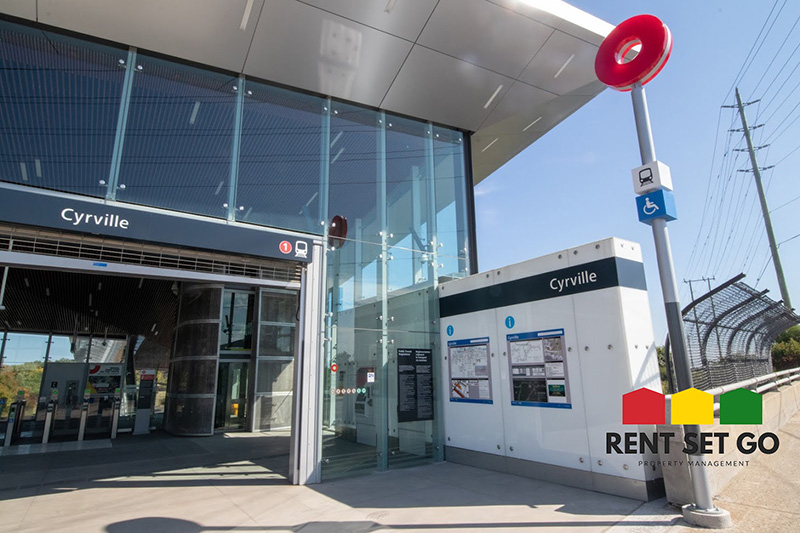
Financial Constraints and Future Expansion
The financial aspect of expanding the LRT, particularly in realizing Stage 3, poses a significant challenge. Creative financing and strategic planning are required to ensure the system’s growth without overburdening the city’s budget.
The Need for Continuous Improvement
Continuous improvement and adaptation in response to emerging challenges and changing urban dynamics are necessary. This approach ensures that the LRT remains a reliable and efficient mode of transportation for Ottawa’s residents.
LRT and Real Estate: Opportunities for Investors and Tenants
The Ottawa LRT system’s expansion and development present significant opportunities for real estate investors and tenants.
Rising Property Values Near Stations
Proximity to LRT stations is becoming a major factor in property valuation. Neighborhoods like LeBreton Flats, Mechanicsville, and South Keys have seen increased interest from buyers and renters, translating to higher property values and rental rates.
Investment Opportunities
For investors, properties near LRT stations offer potential for higher returns. The demand for convenient, transit-oriented living spaces is on the rise, making these locations particularly attractive for residential and commercial investments.
Attractive Options for Tenants
Tenants benefit from living near LRT stations through reduced commute times and improved access to the city’s amenities. This convenience is a significant factor in rental decisions, particularly for those working or studying in central Ottawa.
Balancing Growth with Affordability
While the LRT’s impact on real estate is largely positive, it’s important to balance growth with affordability. Ensuring that the benefits of transit-oriented development are accessible to a diverse population is key to sustainable urban development.
Looking Ahead
As Ottawa’s LRT system continues to expand, monitoring its impact on the real estate market will be crucial. This will ensure that investments are made strategically and that the housing needs of all residents are met.
Going Forward
The Ottawa LRT system is more than a transportation network; it’s a catalyst for urban transformation. As it extends its reach across the city, it brings new life to neighborhoods, reshapes the local economy, and opens up fresh real estate opportunities. For investors and tenants alike, understanding the dynamics of this evolving landscape is crucial. The LRT’s influence on property values, its role in community connectivity, and the challenges it faces are all integral to grasping Ottawa’s urban future. As the city continues to grow and adapt, the LRT stands as a symbol of progress and potential, linking communities and fueling development.
